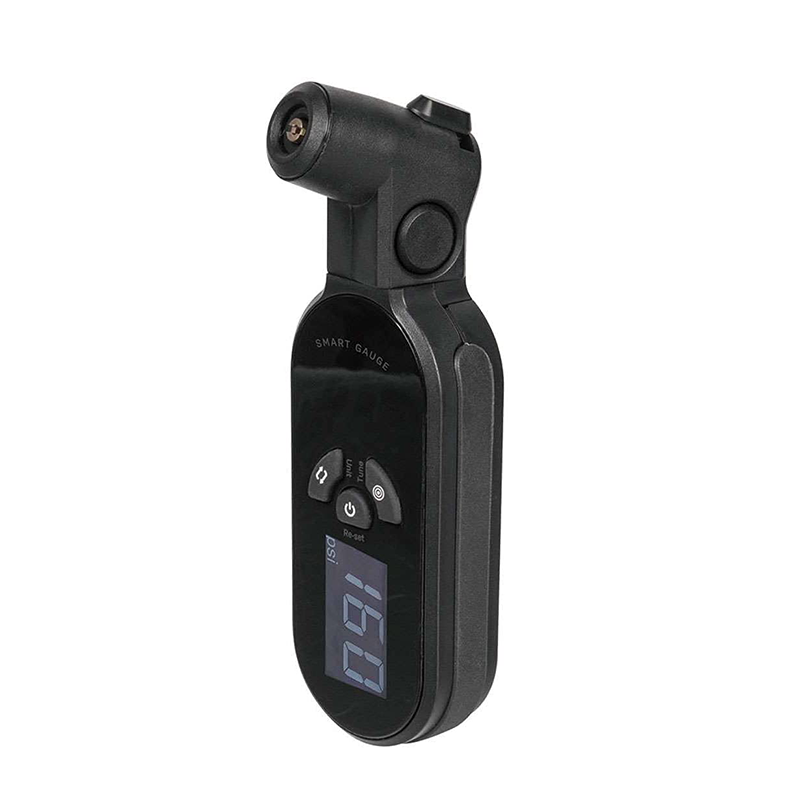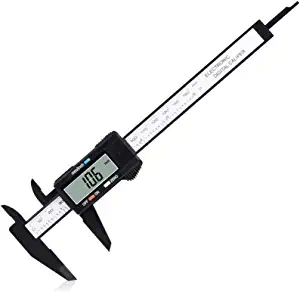Are You Riding With the Right Tire Pressure?
Masters Athlete and Elite Triathlon Coach Kurt Perham shares how to create huge gains by nailing the right tire pressure

Anyone that knows me knows that my biggest advice for race day is “wits, not watts.” The smarter we can race, the faster we will be.
And don’t underestimate the small details. Little things can add up to big things if there are enough of them. One such detail to mind is tire pressure.
On the road, an incorrect PSI (pound-force per square inch) means lost watts. On the dirt, it means lost watts and compromised control and bike handling.
Go to a gravel race and ask “What PSI are you running?” and it’s like you are asking about a national secret. It matters.
Why is Tire Pressure so Important?
Without going into too much detail, tire pressure affects three key factors, ground contact area, rolling resistance and shock absorption.
Ground contact area: The surface area of the tire that actually touches the ground. While riding, your tires flatten slightly from the weight of the rider. The higher the pressure, the smaller this area is and vice versa.
Rolling resistance: This is the force of friction that results from the tires’ contact with the ground. This can vary greatly depending on tire size, width and construction but in general, the smaller the ground contact area, the lower the rolling resistance. This results in more speed. (Note that in off road riding, the opposite rules apply, more ground contact area greats more traction)
Shock Absorption: Last but certainly not least is shock absorption. A smooth ride is a fast ride and with the right pressure, your tires can take away a large amount of energy generated by imperfections in the roads. For example, stage 5 of the 2022 Tour de France had 11 sectors of cobblestone roads, riders rode on tire pressure as low as 60 psi. Then, the time trial in stage 21 was on flat roads and showcased much higher pressures.
What do I need to set the right pressure?
The beauty of it is you don’t need a lot to make sure you nail the pressure. You likely have most of the right tools already.
A quality pump: don’t spend a ton here as the gauges are NEVER accurate. Just needs to be reliable, like this one HERE.
A good tire pressure gauge: Your gauge is key to knowing the true pressure. Most pumps with gauges can be off by as much as 20 PSI. This is a good one HERE.
Calipers: This may seem like an odd one, but you need to know the TRUE width of your tire, not what is printed on the side. A tire listed as 25c mounted on a wider rim might be measure as wide as 27c, this could change your optimal pressure by 10 to 15 PSI (which is A LOT). These will work HERE.
How Do I Calculate My Pressure
Lastly you’ll need a good calculator to put. I am a big fan of Silca’s tire pressure calculator. It takes into account everything from:
- Riding style
- Type of bike
- Road surface conditions
- Wheel size
- Rider weight
Plug in all your data and off ya go with the fastest PSI for your race.
Train well. Take care of your gear. Race fast.
. . .
Kurt Perham is the Founder and Head Coach of PBM Coaching. With an endurance sports career spanning nearly 30 years, Kurt has done and seen it all. He has raced at a high level in cycling, triathlon and nordic skiing. Kurt has worked with athletes of all abilities, from first timers to IM World Champions. Kurt continues to race and train at a high level as a Masters athlete, all while balancing his passion for sport with the raising of his 3 children.




